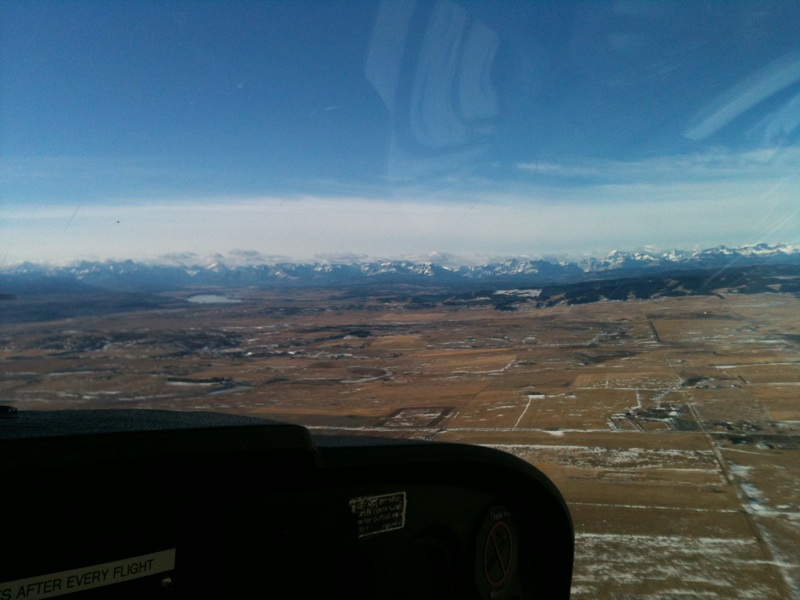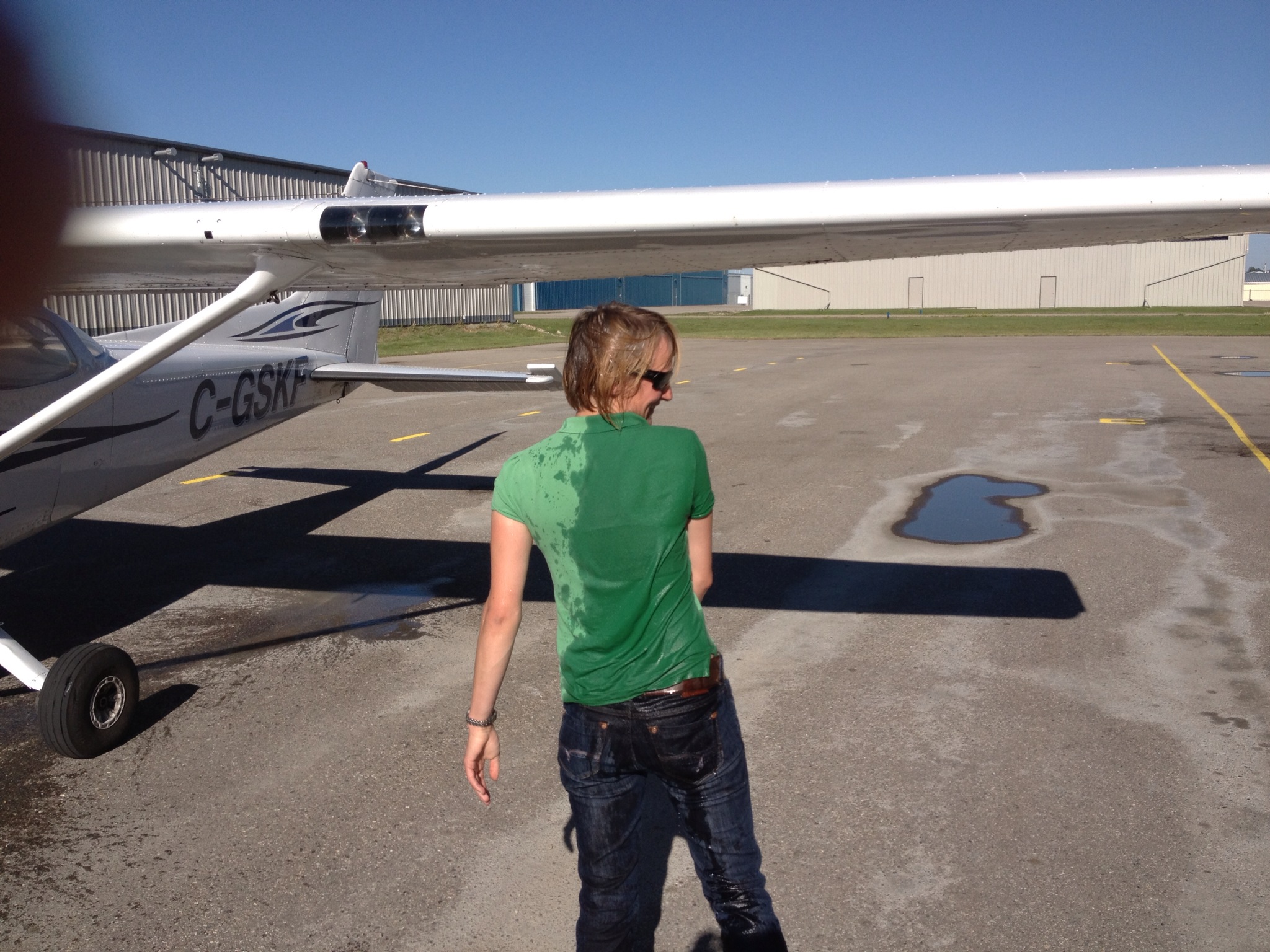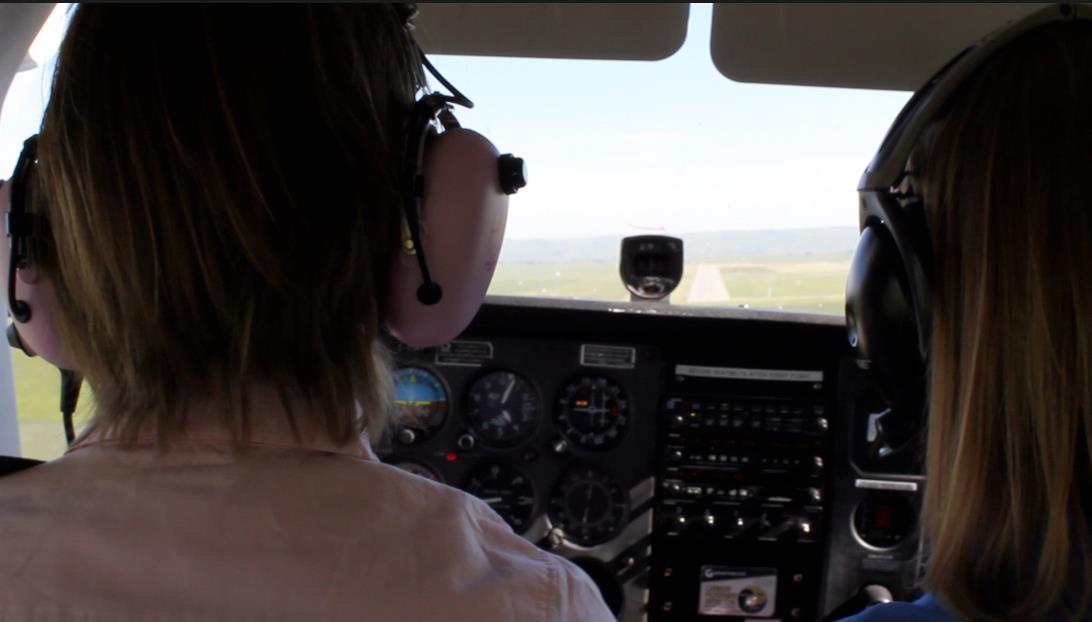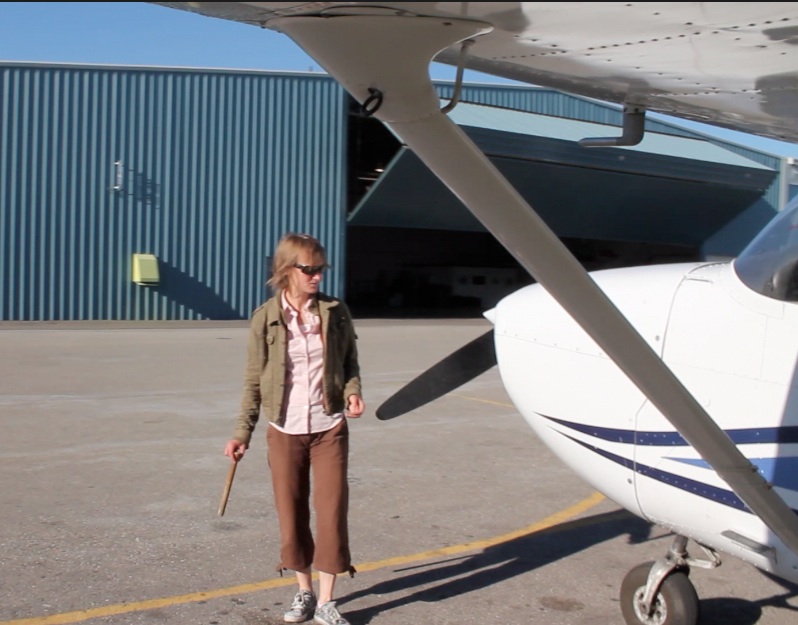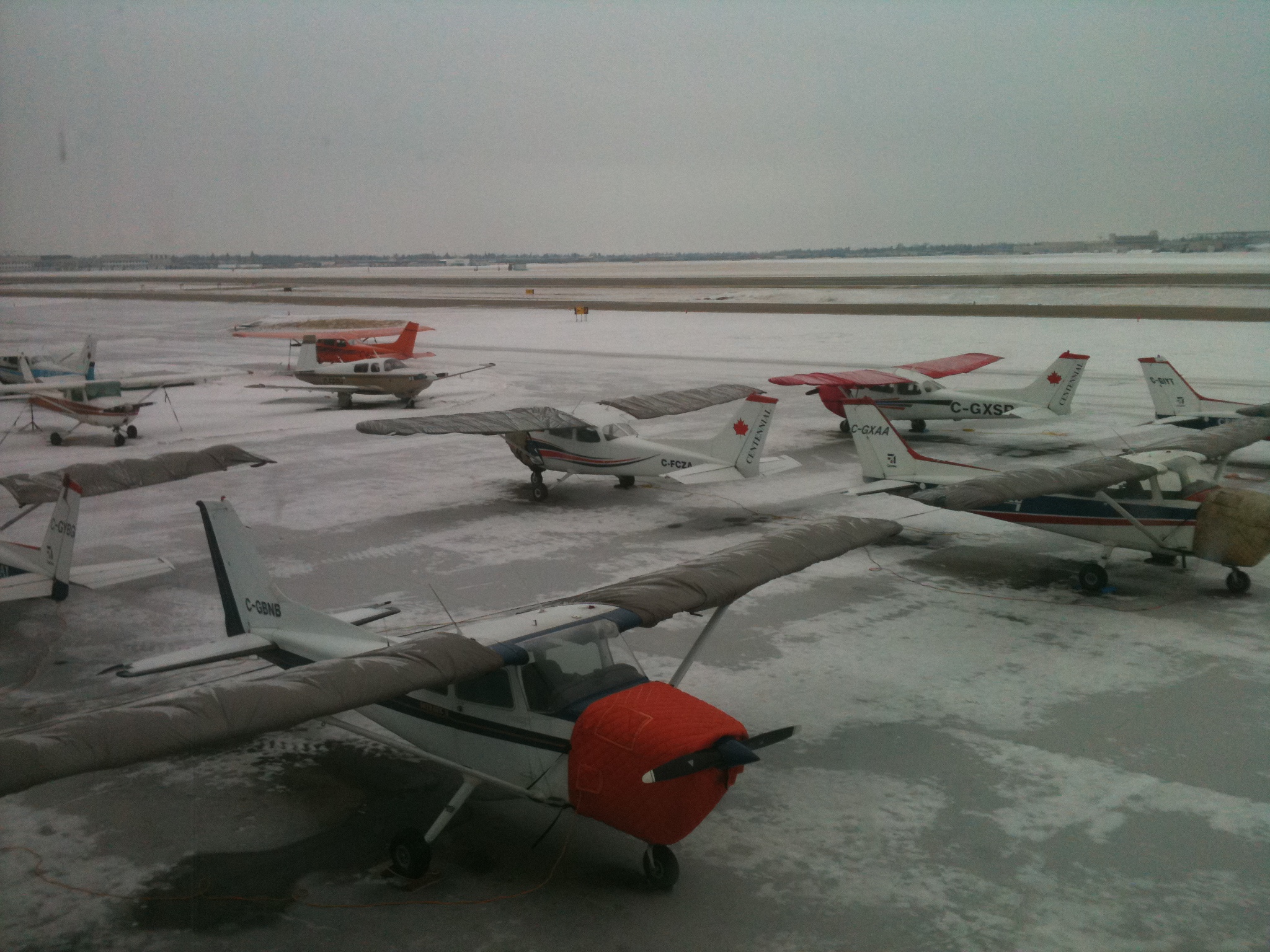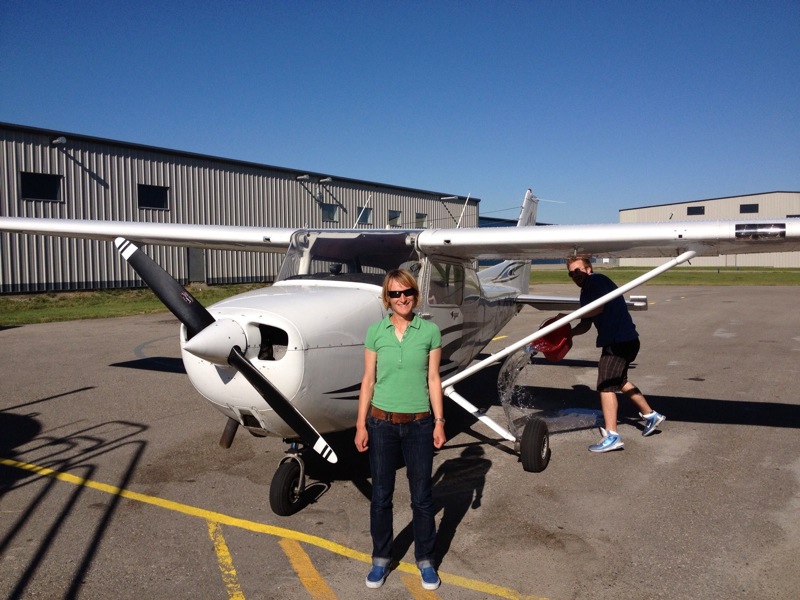
Just have to make sure you know what you’re doing …
In the previous post I talked about my frustration with adjusting to my new instructor. About a week later, I went up with a level 1 instructor at our school. Throughout the flight, he didn’t say much to me and let me do all the work. On one landing there was a small bit of cross wind and though it stressed me out, he didn’t worry and let me handle it. It was confidence inspiring. I definitely felt that I can handle it now, and most of my fear was gone.
I was expecting him to send me up solo on that flight, but he didn’t. I never knew why, because he thought I was ready, safe and thought my landings were soft. Another one month break followed because of weather cancellations – and a one week climbing trip I had planned. When I got back, I was as mentally ready as it gets.
You can’t be more ready
I was still really scared, but tried not to think about it during the day. The weather looked great, winds calm, sky clear, sun shining. The forecast was splitter. So we went up together that afternoon and I did 3 good full-flap landings and he was pretty happy. After our third downwind he took the radio and I knew what was coming – he had asked for a full stop. After that landing, he pulled the power, applied the brakes and taxied to the apron. I protested, again! I was surprised how much I didn’t want to do it when the time came. It is such a huge mental barrier.
Obviously, he wasn’t going to have any of my whining, so I pouted, and before I knew it, he was gone. I will never forget his big smile when he left me. If he was worried, he didn’t show it, and I was probably worried enough for everyone involved.
So I thought to myself: “whatever, get it over with” and tried not to think of the significance of what was about to transpire. I also intellectualized that this is nothing more than the logical series of steps that sums up all the lessons I’ve learned up until that point, and is not the sum of all of flight training. I still had a way to go. But a solo circuit I could definitely handle.
So I taxied, did my checklist and before I knew it I was lined up on runway 16, cleared for takeoff. I took a breath and relaxed – and did what I had been practicing for hours and hours. Apply full power, confirm, check engine gauges in the green, apply right rudder to maintain center line, and note the increasing airspeed. When it reached 55 knots I pulled up, and became airborne smoothly, all by myself for the first time.
So this is what it feels like …
I did a lot of reading on what the first solo was supposed to be like, and thought I would panic when I realized I was alone. That moment didn’t happen for me at all, but what I did notice is how fast I was airborne and how quiet it was all alone in the cockpit! All there was the sound of the radio chatter and the whir of the propeller. I did my landing checks, called the tower, and before I knew it I was descending, adding flaps and slowing down for my 60 knot approach. I crossed the runway threshold and pulled the power, flared, and touched down with the right wheel first (because I didn’t use enough right rudder). The wheel skipped and I straightened the plane out, and began slowing down.
I had done it!
I exited off the nearest taxiway I could and received congratulations from the controller over the radio. The feeling I had was hard to describe. Months of tension and anxiety, stomach aches and dread all remedied in the 6 minutes it takes to fly the circuit one time. I have to say that the worry and anticipation for the first solo are much more difficult than actually doing it. I was surprised that the landing had felt exactly the same as when I was flying with Nas or Sarah.
The Canadian ‘first solo’ initiation

I taxied back to the school feeling light as a cloud – and completely forgot the initiation ceremony that was about to happen. When I got to the school I saw my instructor waiting for me outside. I pulled up and he came to the side of the plane as I shut down the aircraft.
When he saw me gathering my things, he told me, not to worry about them and just come out for a photo first. So I did, smiling big, gave him a hug and posed in front of the plane while a few people gathered to watch. As they backed up I posed in front of my plane, GSKF, and immediately heard someone running behind me. In a split second I knew what was coming – and the next split second I was soaking wet!
They dumped an entire bucket of water on me – the Canadian initiation ceremony for the first solo flight. It was totally hilarious. We took a bunch of photos, chatted for a bit and completed all the usual post-flight paper work, and I drove home. I felt more elated than I have felt in a long time.
My life certainly isn’t boring, but there is no real way to describe how amazing it feels to fly an aircraft all by yourself.

A huge reduction in anxiety … surge in confidence
I had a great night. I couldn’t stop smiling, and though I was exhausted I lay in bed thinking about what happened that day. I felt like I could levitate … It’s like being in love. The next morning I had a flight scheduled, and I couldn’t wait.
Most of my lessons are preceded by feelings of anxiety a few hours before and I often get stomach aches. Well, this was the first time ever that I didn’t feel anxious or nauseous. I drove to the airport the next morning feeling confident and happy, and not tense and worried as usual. My instructor jumped in with me and we did 3 circuits, and on the third he pulled the power and it was the same story, except this time I did 4 circuits, all on my own. It’s like magic… and my wildest dreams coming true.
